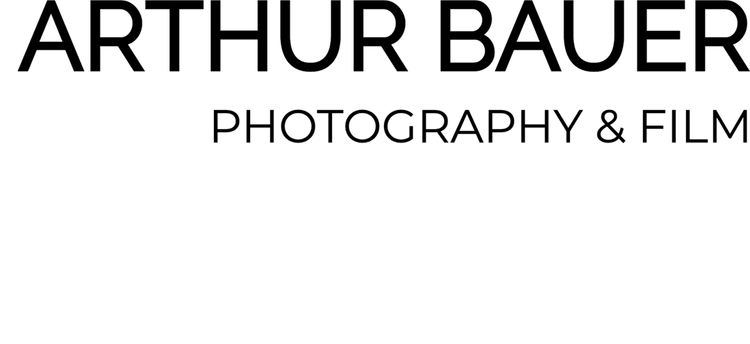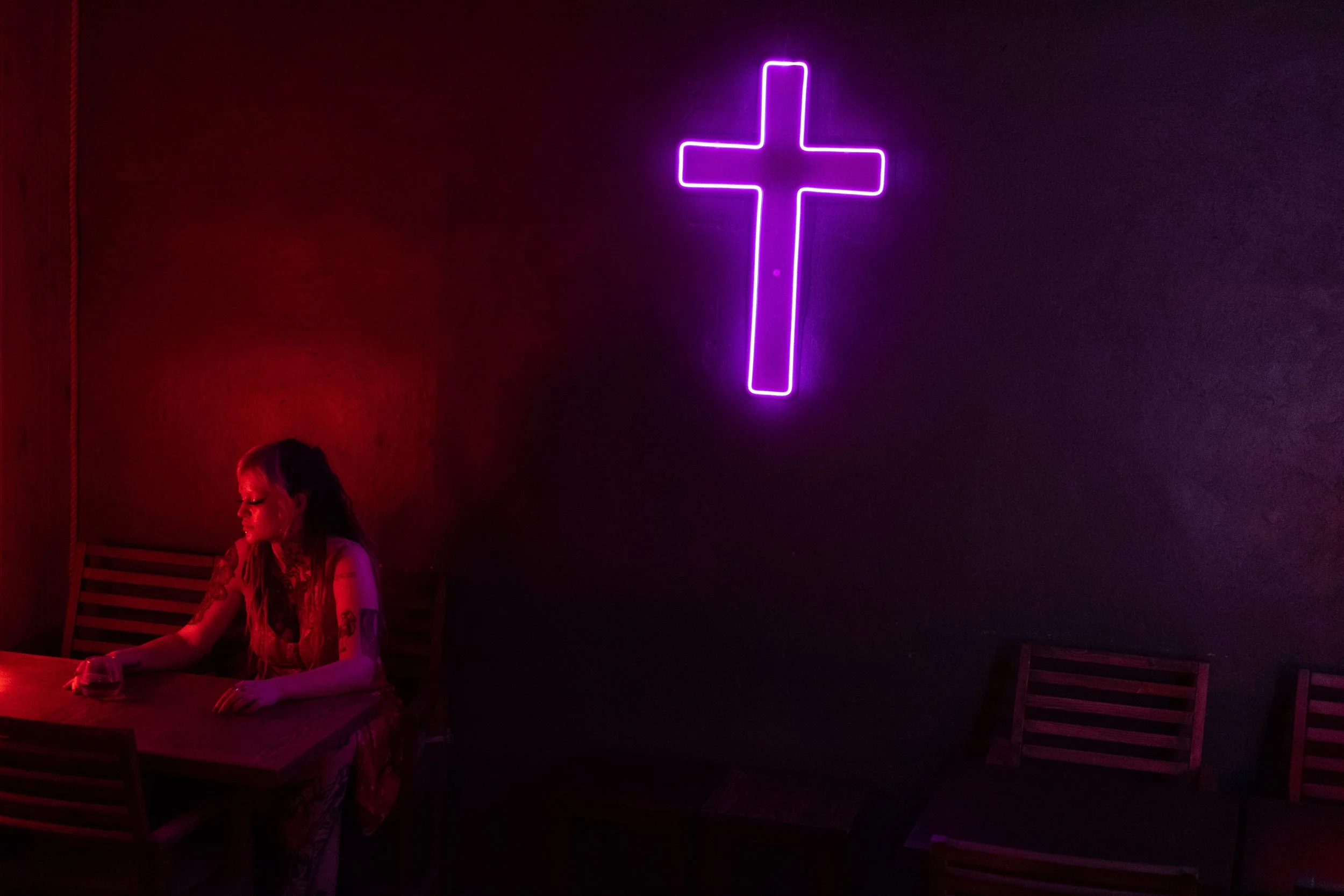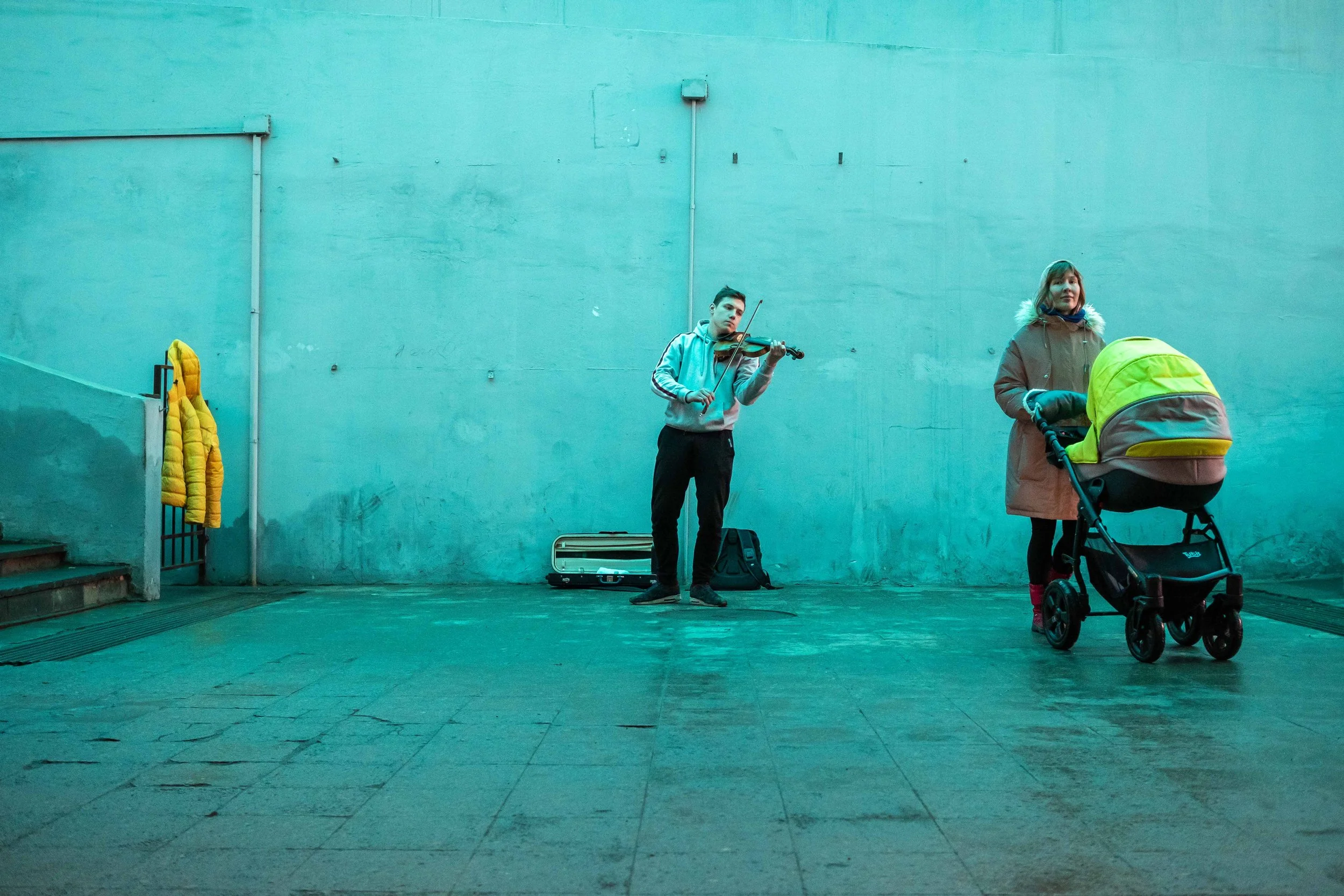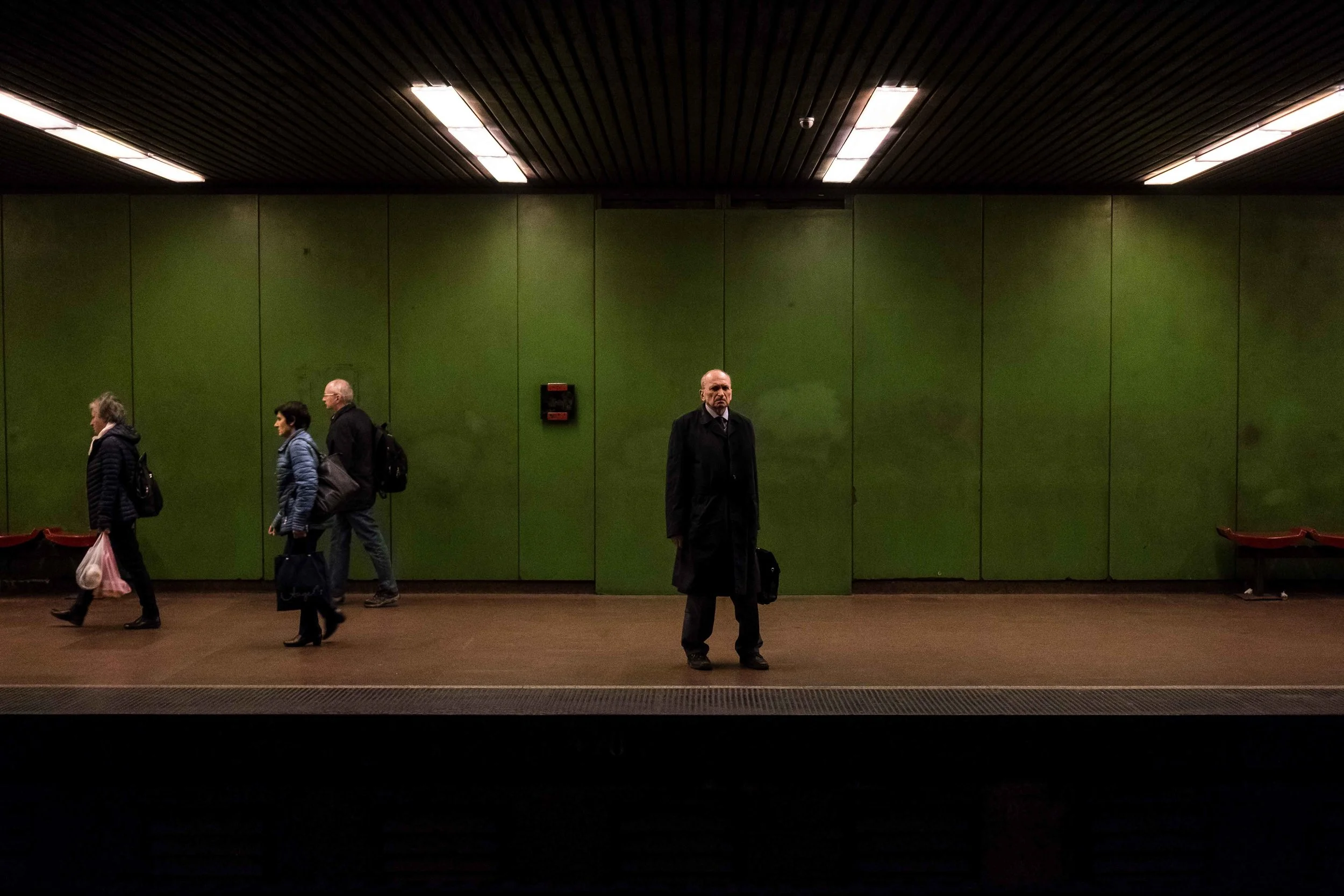FRAGMENTA
Armenia [2023 - ongoing]
The Republic of Armenia is undergoing historic upheaval. In September 2023, neighboring Azerbaijan decided the decades-old conflict over the Nagorno-Karabakh in its favor by military means. More than 100,000 people were forced to leave the fertile and culturally significant region and escape to Armenia. Russia, once the protecting power with troops in the region, abandoned its ally. Trapped between Turkey in the west and Azerbaijan in the east, with no realistic prospect of Western integration, Armenia now finds itself widely isolated.
BALTIC BORDER
Estonia [2022]
Narva is a hybrid of identities, a record of upheaval and decay. During the Soviet era, Narva was a major industrial city with a predominantly Russian-speaking population. The city shares a direct border with Russia, marked only by a river. Here, the former Soviet power, which ruthlessly attacked Ukraine in 2022, is only a few meters away from Europe. This is where the border manifests itself physically, culturally and socio-economically: it runs between the Russian and Estonian ethnic groups; between the Soviet-influenced generation and young people who consider themselves Europeans; between traditional values and progressive forms of life..
BAIKAL BLUES
Irkutsk, Russia [2021]
The work on a long-term project about Russian urban culture led me to Irkutsk. In times without a pandemic, the city is full of tourists and life. Due to rising incidences, social and cultural life was reduced to a minimum. The city wrapped itself in a combination of serenity and melancholy. The feeling of being stuck in a transit area spread among the population. This sensation, exacerbated by COVID-19, well describes the state of the country. Many people – especially the young generation – are waiting for a change. But true progress is being blocked by a political system, which is becoming increasingly authoritarian towards any opposition..
KAZAN IN FEBRUARY
Kazan, Russia [2018 & 2020]
The question of where one comes from and where one belongs is at times difficult to answer. Cultural roots and a national identity need time, a physical territory, and fellow human beings to grow. When these elements are missing, something similar to nomadic patterns evolve - the restless feeling of being on a constant search. The ambivalent connection to my homeland led to a photographic journey to Kazan – a city full of contrasts and possibilities, where Russian culture, Tatar tradition and modernity coexist peacefully. Yet beneath the surface of a city on the move, dividing lines become visible in everyday life..
KIRCHNER HOCHTIEF
Mannheim, Germany [2019]
The German musician and artist David Julian Kirchner is the founder of KIRCHNER HOCHTIEF - a corporation with various brands & concepts. The multi-year art project oscillates between pop, art and commerce. The first strategic move of KIRCHNER HOCHTIEF was the release of a music album, which was arranged in a multimedia exhibition shown in the Galerie PORT25 in Mannheim [Evakuiert das Ich-Gebäude]. Various performances followed, such as the launch of the BYRON GOLD collection or the release of several virtual record covers based on classic records from the history of pop culture.
METRÓ 3
Budapest, Hungary [2018]
Line 3 of the METRÓ in Budapest was built in the 70s with the help of the Soviet Union. As the longest of the four underground lines, the M3 crosses the entire city. The M3 is currently being modernized, and half of the line is already under reconstruction. Soon the last traces of Soviet European aesthetics will have disappeared from the cityscape: intense wall colors, playful design elements, dramatic lighting and the sheer space. Together, these elements create an atmospherically dense place full of theatricality and nostalgia..






